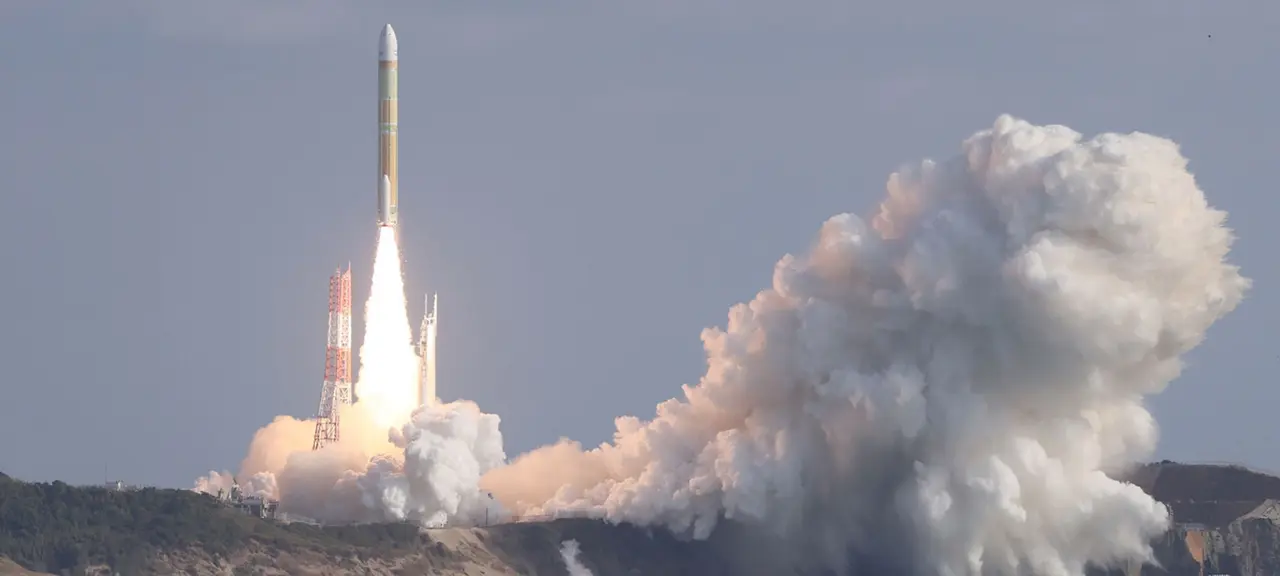Cheers at the Japanese space agency: After a failed attempt, the new H3 carrier rocket has successfully launched. The 63-meter-high rocket has been in development for eight years. Japan hopes to compete with SpaceX with this achievement.
Japan has successfully launched its new H3 carrier rocket from the Tanegashima Space Center. The mission carried a satellite mock-up and two tiny satellites on board. According to the Japanese space agency Jaxa, the rocket entered its planned orbit after a successful launch. Jubilation and applause filled the Jaxa control center after it was confirmed via the agency's live stream that the rocket's engines had ignited successfully, indicating it had reached Earth's orbit.
First Development in 30 Years
The H3 holds significant importance for Japan's space industry. The 63-meter-tall, 574-ton rocket with a payload capacity of up to six tons aims to be more cost-effective and reliable than its predecessors. The H3 succeeds the reliable H2A rocket and represents Japan's first major carrier rocket development in about 30 years.
The country aims to gain a stronger foothold in the lucrative and increasingly competitive satellite transportation business with the new carrier rocket. The H3 is set to compete with other carrier rockets such as SpaceX's Falcon 9.
Additionally, the rocket developed over eight years is planned to be used within the US-led Artemis program to send an unmanned cargo transporter to the International Space Station.
Issues with the Initial Launch Attempt
During the initial launch attempt last year, the second stage's propulsion system failed to ignite. Following the problems with the first rocket, improvements were made to the ignition system for the rocket that has now successfully launched, as announced by the space agency Jaxa.


